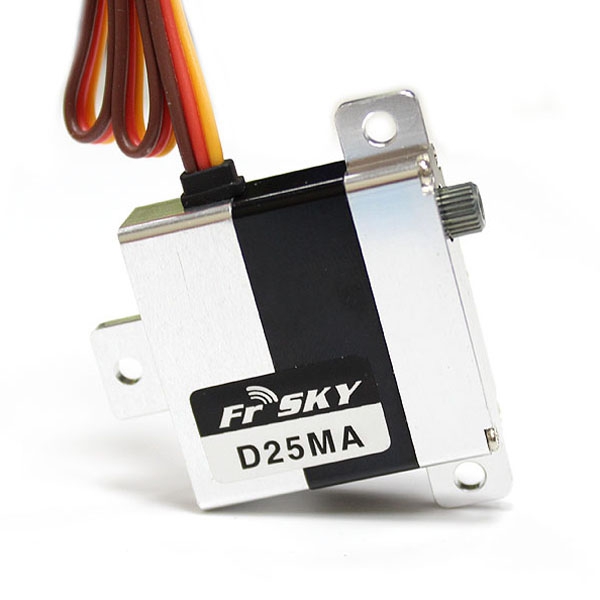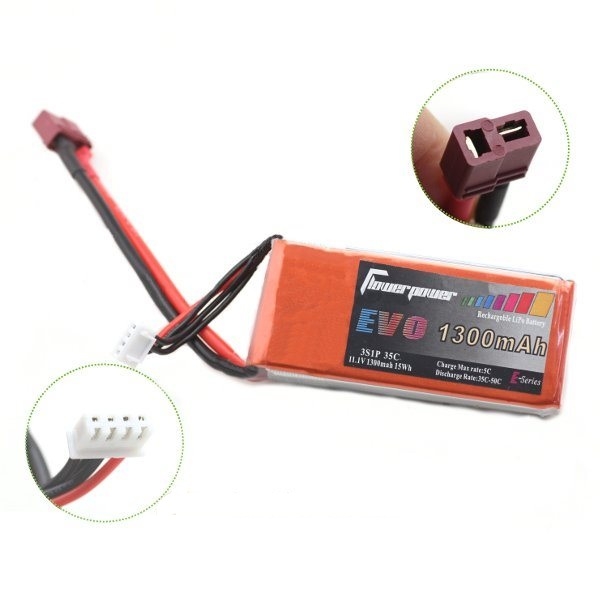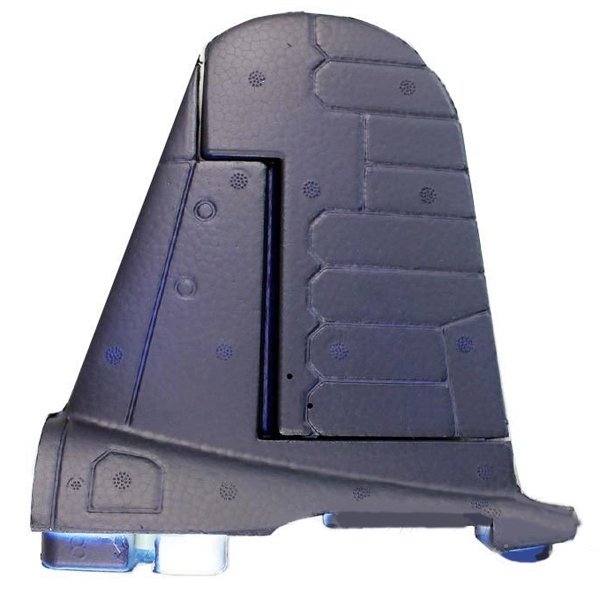ZTW 10A BEC UBEC Universal Battery Eliminator Circuit For RC Models

The ZTW Universal Battery Eliminator Circuit or UBEC is the easiest and least expensive way to protect your plane from an ESC failure or "brown out" condition. The ZTW UBEC is a crucial device if your ESC does not have a battery eliminator circuit or if the current draw of your receiver, servos, retracts, and lights exceeds the current capacity of your ESC's internal BEC. The ZTW UBEC installs easily between your aircraft's battery and receiver (see diagram below). ZTWs 10 Amp UBEC offers a cost effective solution to power your critical circuits and protect your investment.
A UBEC or “Universal Battery Elimination Circuit” is an external electronic circuit that taps power from your aircraft's battery pack and regulates the voltage down to the necessary 5 or 6 volts for the receiver, servos, lights and retracts. A UBEC does not replace the speed controller, it replaces the BEC (Battery Elimination Circuit) or SBEC (Switching Battery Elimination Circuit) function embedded in the electronic speed controller, with voltage control capabilities and more available current.
Description:
Brand:ZTW
Item:6A UBEC
Regulator Type: Switching Mode
Output: 5.0V/6A ,5.5V/6A or 6.0V/6A switchable (Changeable with a blue jumper)
Input: 6V-25V (2-6S Lipo, 5-18S NiMH/NiCd)
Output Current: Continuous Current 6A, Burst Current 10A
Size: 45.0mm*23.0mm*10.0mm(Length*Width*Height)
Usage:For ESC
Features:
- Provides ultimate safety in the event of an ESC failure, allowing you to retain full control of flight surfaces and landing gear
- Provides up to 10 amps of current for large number of servos or high current power draw servos
- Decreases the electromagnetic interference for a secure receiver connection
- Blue LED light display to show the BEC is active and working properly
- Battery polarity reversal protection
Why do I need a UBEC? - A UBEC is recommended for the following reasons:
More available current to critical flight control components: if you are using a large number of servos, generally more than four, or you are using high current draw servos, you will need a UBEC to supply the necessary current to the servos for reliable operation.
Redundancy: in the event of an ESC failure due to overheating or any other condition the internal BEC or SBEC in the ESC will usually fail as well. If your internal BEC fails you will have NO control of your airplane and likely crash. If you utilize a UBEC and the ESC fails, you will still have full control of your airplane's control surfaces and landing gear, allowing you to perform a "dead stick landing" and likely save your model.
Reduced chances of "brown outs": if you are coming in for a landing and put retracts and flaps down at the same time while steering the ailerons, rudder, and elevator (plus the lights are on), you have the possibility of too little current available for your aircraft; this is referred to as a "brown out." Something as simple as a stuck retract can consume a significant amount of current causing brown outs or other electronic problems. Having a 10A UBEC, nearly twice the amount of current typically found in an ECS's internal BEC, ensures you will have sufficient power for all your electronics.
Superior performance compared to Linear BECs: Many ESCs use a linear BEC as opposed to a switched BEC. A linear BEC provides less power as the battery pack is used up during flight, therefore, the probability of a brown out and subsequent loss of control goes up dramatically the longer you fly. By comparison, the ZTW 10A UBEC uses a switching regulator, which will always provide a constant current throughout the duration of your flight.
User manual,
Package Included:
1 x ZTW 10A UBEC







